NASA has announced plans to return to the moon and build a permanent base on the moon. For long-term space missions, astronauts need infrastructure to live and work, and to produce oxygen and water that are vital to survival. It can be very expensive to take all this infrastructure away from the earth. Instead, the researcher may need to figure out how to make it on-site. The ESA’s Discovery & Preparation project supports multiple studies to explore how this can be done.
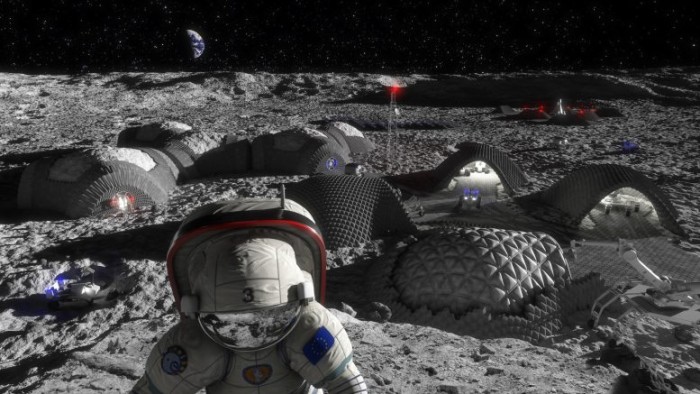
The use of existing materials on other celestial bodies to construct infrastructure and production facilities is called in-situ resource utilization (ISRU). Past research in this field has explored and proved the basic ISRU concept, using a combination of resources found in the exploration site and materials brought from the earth.
ISRU is needed to establish a habitat that protects astronauts from harsh environments, including thin or non-existent atmospheres, extreme temperatures, strong radiation, and even micrometeoroids. It will enable humans to build roads for activities on the surface, as well as launch and landing platforms to and from the earth. It can be used to produce equipment that can generate and store energy, to produce electricity, and antenna towers for communications. Moreover, it can produce large amounts of water and oxygen to sustain the lives of astronauts and make propellants for travel around and eventually return to Earth.
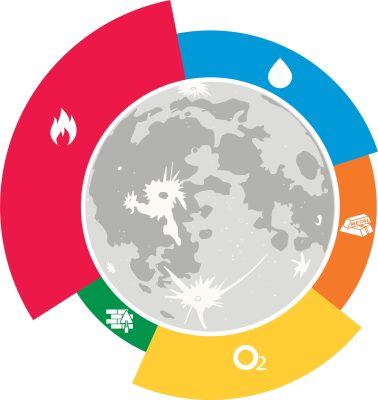
Explore & warm up
In 1999, one of the first “Exploration & Preparation” studies related to ISRU focused on propulsion and power systems, assessing the demand for advanced propulsion in this century. The conclusion of the study is that ISRU can reduce the cost of missions to Mars while improving human capabilities, but the research and development of ISRU technology should begin immediately.
Therefore, in coordination with all projects of ESA, the research continued. A study completed in 2000 focused on the power systems needed for future space exploration, including the design of an ISRU chemical plant to produce propellants, life-support chemicals, and fuel for surface activities.
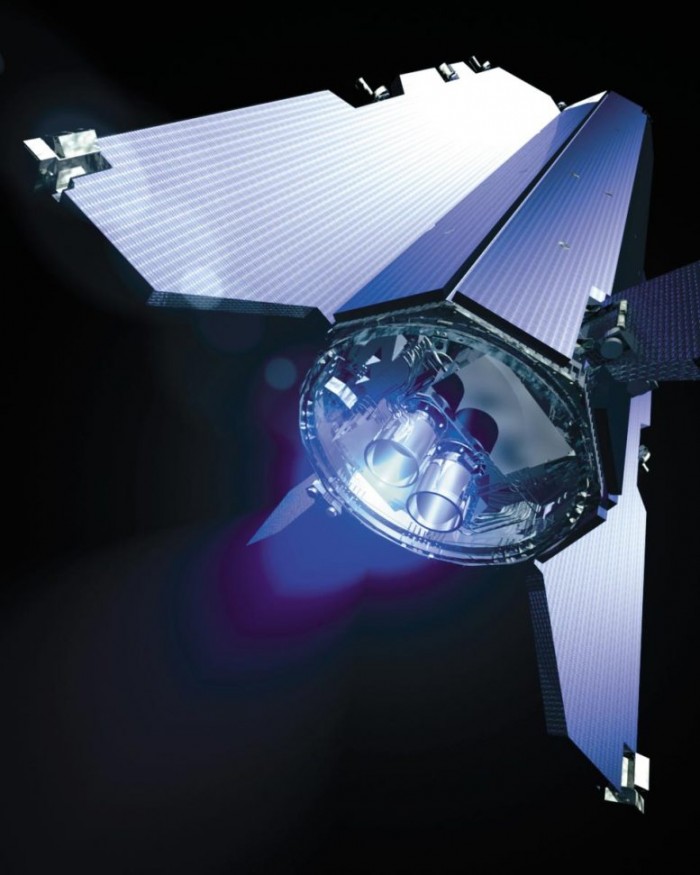
Other studies carried out at the same time have carried out a more extensive survey of long-term space exploration. One of the studies considered what architecture and technology are needed for Mars exploration. The study investigated the possibility of producing propellants and liquids needed for crew survival from Martian atmosphere and soil-including nitrogen, oxygen, hydrogen, and water. Another study on human survivability and adaptability to long-term interplanetary and planetary environments also found that ISRU may be particularly useful for the production of propellants and life support consumables.
Fast forward 13 years, and technology has developed enough to explore more specific ISRU concepts, including a system that collects and stores carbon dioxide from the Martian atmosphere and transports it to the propulsion system. The research conducted by Airbus suggests ways to remove dust and water from carbon dioxide and how to liquefy it for storage.
In the past few years, the “Exploration & Preparation” project has supported more research on the use of lunar soil to build infrastructure, as well as more specific
energy
Generation and storage methods; a recent study explored how to use the lunar soil to store heat and provide electricity for astronauts, rover and landing vehicles.
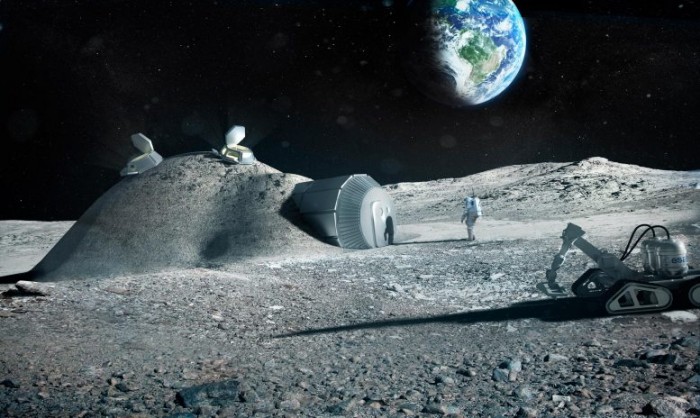
A study explored how the lunar simulation facility supports the development of ISRU technology, including testing the mining and processing of local materials, and how to use3D printingThese materials are used to construct structures in other processes.
Another confirmed Lunar Soil as
architecture
For the applicability of materials, a suitable process was chosen to print the structure, and a printable living environment was even designed.And the third study recently went further and explored how to use lunar soil3D printingAny necessary structure, equipment and spare parts, and even which particular printing process has the best effect.
As existing3D printing technologyAs an alternative, a 2019 study looked at the conversion of lunar soil into fibers to build a strong structure. The researchers made a sample of the material to show that it is possible to use this process to create a partially impermeable structure.
A group of “exploration & preparation” studies recently explored and confirmed ESA’s lunar IRSU demonstration mission, which aims to prove that it is possible to produce water or oxygen on the moon by 2025. These studies explored the actual production of water and oxygen systems, and proposed a plan to use a “carbon thermal reactor” to extract oxygen from the soil and use it to produce water. Another study explored how the system relies on the lander as a power source, and the third study how it communicates with the earth.
What is ESA doing?
In order to implement the lunar ISRU demonstration mission, ESA intends to procure mission execution services from the commercial sector, including payload delivery, communications and operational services. In doing so, ESA will use and further adopt existing commercial initiatives, which may find widespread applications in future lunar exploration programs.
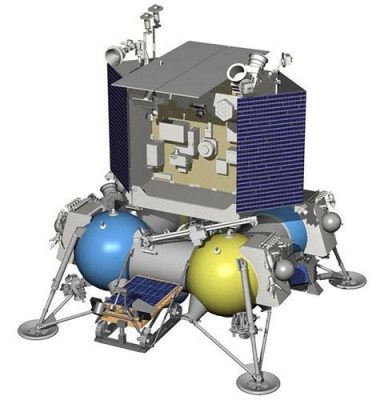
ESA is currently carrying out the PROSPECT mission, which will visit and evaluate potential resources on the moon in preparation for the technologies that may be used to extract these resources in the future. PROSPECT will drill under the surface near the south pole of the moon and extract samples that are expected to contain water ice and other chemicals that may be trapped at extremely low temperatures. The drill will then send the samples to a chemical laboratory, where they are heated to extract the chemicals. This mission will be part of the Luna-27 mission led by Russia and will test the process that may be applied to resource extraction in the future.
In order to support the ambition of mankind’s presence on the moon by 2040 to be maintained by local resources, in May 2019, ESA issued a space resource strategy. The strategy considers what we need to discover and develop to support sustainable space exploration. The strategy covers up to 2030, when the potential of lunar resources will be determined through measurements on the moon, key technologies will be developed and demonstrated, and plans to introduce them into the international mission framework will be determined. After the strategy was announced, ESA hosted a seminar to determine the next steps needed to make the use of space resources a reality.
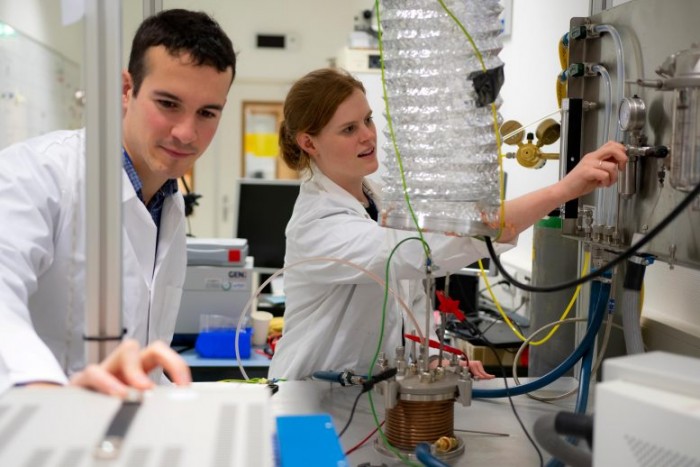
In 2020, ESA established a prototype factory to produce oxygen from simulated moon dust. Removing oxygen from the lunar soil leaves behind various metals; therefore, another research direction is to see which are the most useful alloys that can be produced from them and how they are used on the moon. The ultimate goal is to design a “pilot factory” that can operate sustainably on the moon and conduct the first technology demonstration in the mid-2020s.
What are other space agencies doing in this area?
NASA’s Lunar Reconnaissance Orbiter (LRO) has shown that water ice exists in certain locations under the lunar soil. The lunar CRater observation and sensing satellite launched by the orbiter was released from the orbiter and hit the moon; observations of the resulting 16-kilometer plume showed the chemical composition of the moon’s surface.
Some US agencies are also developing several CubeSat orbit missions that will visit the moon. Lunar Flashlight, LunaH-MAP and Lunar IceCube will aim to find out how much water ice there is and where to find it.
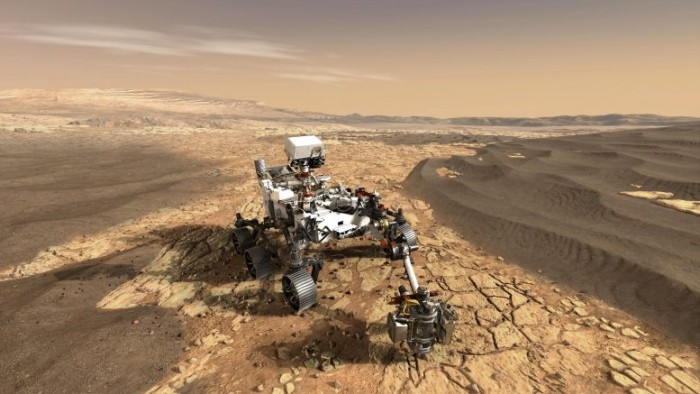
NASA’s first Mars lander, the Viking, returned important data about the Martian atmosphere, revealing that it is composed of 95.9% carbon dioxide. Based on this discovery and the information returned from subsequent robotic missions, NASA has developed a technology to convert carbon dioxide in the Martian atmosphere into oxygen to facilitate human missions on the Red Planet. Recently, NASA selected the Mars Oxygen In-Situ Resource Utilization Experiment, or MOXIE, as one of the seven instruments on the Mars Perseverance probe.
Volatile substances are substances that are easily vaporized and may be the source of water on the moon. NASA is working with other space agencies to coordinate the exploration of polar volatiles on the moon to increase scientific knowledge, determine the feasibility of volatiles as potential resources, and use the moon as a testing ground for Mars ISRU technology.
Expected China Country
aerospace
Future missions of the bureau will also use the lunar polar volatiles as potential resources. China’s vision of the International Lunar Research Station, which will initially be established as a scientific and research robotic facility in the late 2020s and early 2030s, may provide an early opportunity for the use of lunar resources.
The Russian Space Agency (Roscosmos) is cooperating with ESA on a series of three lunar missions, including Luna-27, which will carry ESA’s PROSPECT package. The mission will target the measurement of the polar regions of the moon, focusing on cold trapped volatiles that may be found there.
What is the next step for ESA?
Through its Open Space Innovation Platform (OSIP), ESA seeks ideas on favorable technologies for in-situ construction, manufacturing and maintenance of infrastructure and hardware to support long-term exploration of planetary bodies.
The proposed ideas support the construction of habitat, mobile infrastructure (such as roads and landing sites), auxiliary infrastructure (such as communications and energy production and storage), and hardware (such as tools, internal equipment, machinery, etc.).
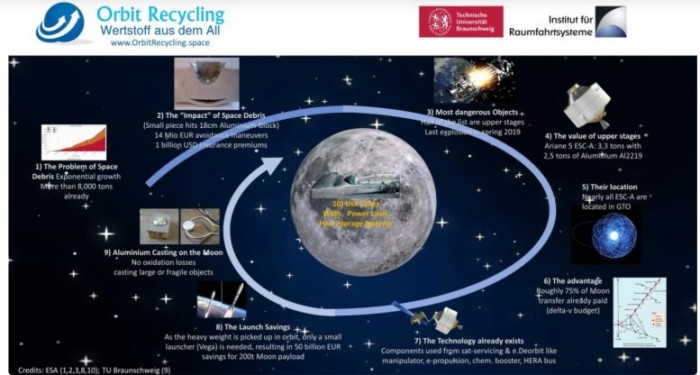
These ideas include many novel methods for melting and 3D printing lunar soil, using lunar soil to make solar cells, optimizing energy storage, finding ways to grow plants with organic waste without soil, and using lunar soil to build crop-friendly greenhouses. , And the use of space debris to build infrastructure.Many ideas are now being researched and shared by ESA
Funding
Research projects or early technology development projects. To learn more, please visit the results section of this call for ideas.
Due to the advancement of researchers in the knowledge and understanding of the moon and asteroids, the increased participation of international research institutions and private companies in space technology, and the emergence of new technologies, the use of space resources for exploration is now within reach.
(Editor in charge: admin)


0 Comments for “ESA supports the “Off-Terrestrial Manufacturing” project: using architectural 3D printing technology to build new homes”